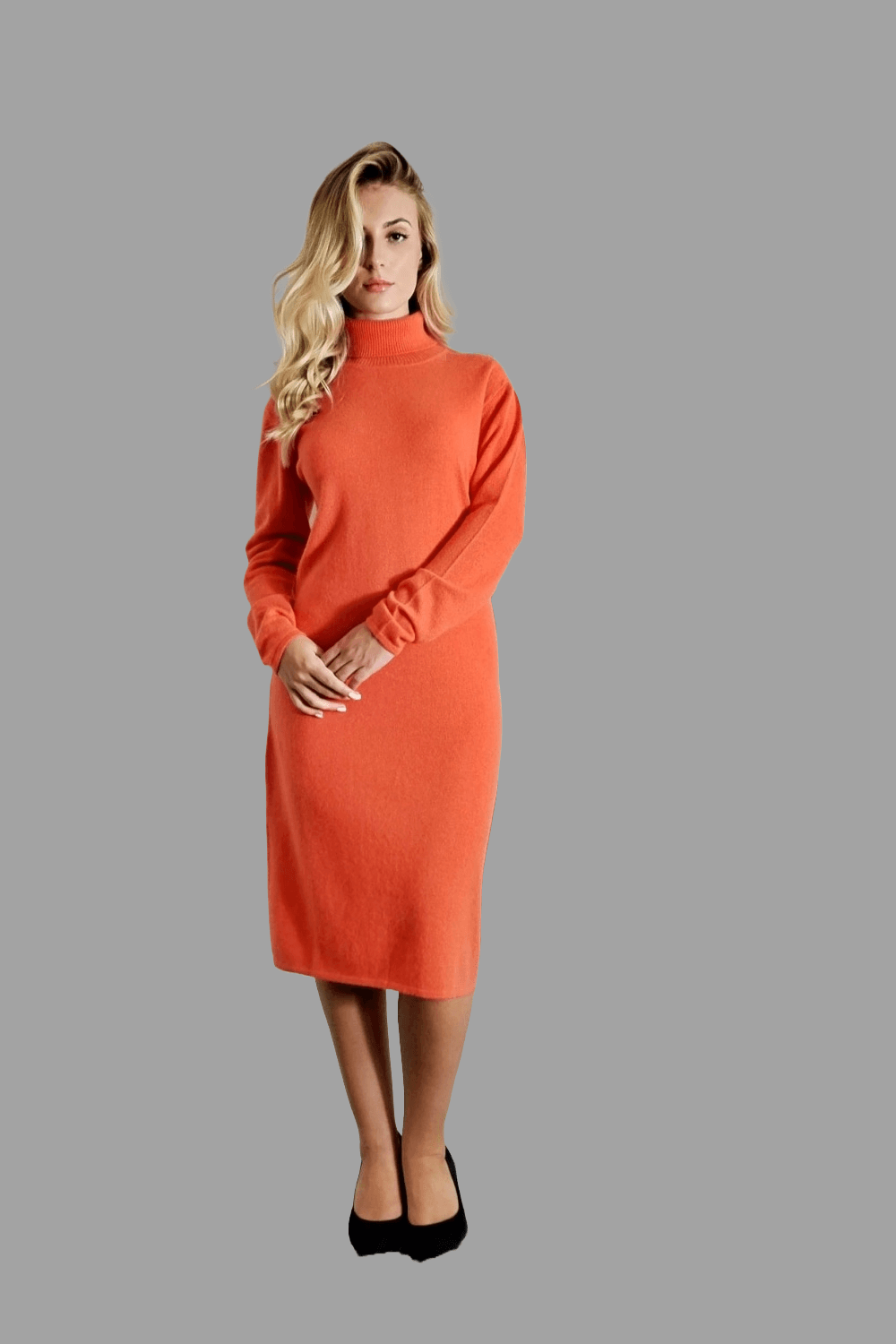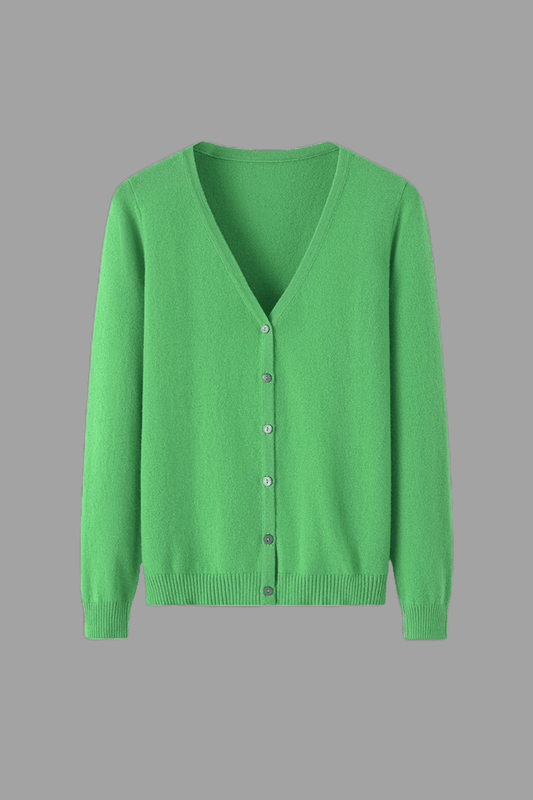Cashmere Gifts for Her
Treat the extraordinary women in your life to luxurious cashmere gifts from Vshine Silk and Shine. Our elegant collection is perfect for any occasion—whether it’s a cozy cashmere shawl to keep her warm this Christmas, the ideal cashmere dress she’s been dreaming of for her birthday, or a thoughtful 'just because' surprise to show you care.
Each cashmere item is beautifully hand-wrapped in our signature Vshine Silk and Shine packaging, ensuring it arrives as a delightful gift. Enjoy complimentary delivery while you relax, knowing we’ll handle everything. Additionally, with every cashmere dress order or any purchase totalling £599, you’ll receive a complimentary silk scarf from our Rainbow collection, worth £59. Discover our complete range of women's cashmere online, and be sure to check out our wide array of pampering gifts for all the special people in your life. After all, every festive occasion deserves a sprinkle of luxury.
-
Women's Knitwear Pure Cashmere Crew Neck Jumper Green
Regular price £129.00 GBPRegular priceUnit price / per -
100% Cashmere Women's Knitwear Sleeveless Sweater Cashmere Vest Bright Orange
Regular price £89.00 GBPRegular priceUnit price / per -
100% Cashmere Women's Knitwear Sleeveless Sweater Cashmere Vest Knitwear Tank Top Vibrant Green
Regular price £89.00 GBPRegular priceUnit price / per -
100% Cashmere Women's Knitwear Sleeveless Sweater Cashmere Vest Turquoise Blue
Regular price £89.00 GBPRegular priceUnit price / per -
Pure Cashmere V-Neck Jumper
Regular price £129.00 GBPRegular priceUnit price / per -
Pure Cashmere V-Neck Cardigan Green
Regular price £175.00 GBPRegular priceUnit price / per -
Pure Cashmere V-Neck Cardigan Orange
Regular price £125.00 GBPRegular priceUnit price / per -
Extra Large Finest Cashmere Shawl Yellow
Regular price £109.00 GBPRegular priceUnit price / per -
Extra Large Finest Cashmere Shawl Turmeric
Regular price £109.00 GBPRegular priceUnit price / per -
Extra Large Finest Cashmere Shawl Purple
Regular price £109.00 GBPRegular priceUnit price / per -
Extra Large Finest Cashmere Shawl Peach
Regular price £109.00 GBPRegular priceUnit price / per -
Extra Large Finest Cashmere Shawl Mandarin
Regular price £109.00 GBPRegular priceUnit price / per -
Extra Large Finest Cashmere Shawl Light Misty Blue
Regular price £109.00 GBPRegular priceUnit price / per -
Extra Large Finest Cashmere Shawl Light Dusty Pink
Regular price £109.00 GBPRegular priceUnit price / per -
Extra Large Finest Cashmere Shawl Mint Green
Regular price £109.00 GBPRegular priceUnit price / per -
Extra Large Finest Cashmere Shawl Watermelon Pink
Regular price £109.00 GBPRegular priceUnit price / per

























